"Today we express our firm determination to continue defending the Amazon and the rights of the indigenous peoples who live and practice our systems of knowledge, governance and territorial management. We are the ancestral owners of our territories, guardians and stewards of biodiversity, the Amazon forests and the life of the planet. Without our participation, any dialogue on biodiversity and climate action lacks foundation. (...) We present to the world the G9 of the indigenous Amazon".
Conforme a los criterios de

(Lea esta historia en español, aquí)

The CAM area of Cali was transformed into the Green Zone of COP16. There, Indigenous Peoples of the Amazon from nine countries sealed an alliance.
Foto:Carolina Bohórquez / EL TIEMPO
These were the words of the president of the National Organization of Indigenous Peoples of the Colombian Amazon (Opiac), Oswaldo Muca, on October 26 in the Green Zone of COP16. It is located in the Municipal Administrative Center (CAM), which connects the north with the center of Cali.
He did so in a 'mambeadero', or traditional conversation, with the grandparents of the Amazon Indians and other peoples of the world, as well as with the leaders of organisations that use the Amazon basin as a strength to work together on behalf of the indigenous peoples of Colombia, Bolivia, Ecuador, Suriname, Guyana, French Guiana, Brazil, Venezuela and Peru. They are the G9 for these nine countries bathed by the Amazon and for which they have raised the cry to protect this lung of the world whose atmosphere is drying up, as confirmed by images from NASA itself.
"In the face of the threats we face, the exploitation of natural resources, deforestation, the exploitation of hydrocarbons, mining, organised crime, climate variability, invasion, the expansion of the agricultural frontier and the dispossession of our territories, we reaffirm our ancestral commitment to be strategic partners in the protection and conservation of biodiversity and life," reads the declaration of this alliance.
"The environmental crisis will be cured from the continent's best conserved territories. Therefore, the titling and demarcation of our territories is a fundamental pillar in the fight against the climate and biodiversity crises. Otherwise, we will not have peace with nature," the letter states. Talking about peace with nature is the motto of COP16, the Conference of the Parties, which began on 21 October in Cali and will end on 1 November.
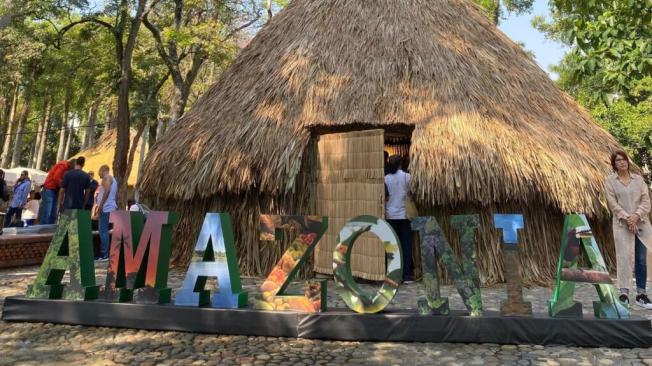
Amazonian maloca in the Green Zone of COP16, in Cali.
Foto:COP16
"For these reasons, we come together in a coalition of indigenous organisations in the Amazon region for global articulation and advocacy, as an Amazonian indigenous power with a unified voice to influence global decisions, to ensure that policies value indigenous knowledge systems, protect our territorial rights and coordinate with our indigenous governments," the statement says. They pledge to work together to ensure the participation and representation of Amazon Indians in decision-making.
"We make an urgent appeal to the States (governments of the countries) to recognise the Indigenous Peoples in Isolation and First Contact (PIACI) and to guarantee their security and territories (...), which are fundamental for the balance of ecosystems. Indigenous peoples argued that if peoples are isolated, there is no biodiversity. "Without biodiversity, there is no life!
"We seek the implementation of direct funding mechanisms to strengthen our authorities and governance, eliminating intermediaries who do not recognise our rights," the letter said.
"We demand the inclusion of our perspectives and knowledge in the formulation of policies and the creation of a subsidiary body (...) that recognises our contributions to the Convention on Biological Diversity," stressed the Amazon Indians, speaking from the maloca installed in the CAM, next to the Las Piedras Park, as part of the Green Zone for Participation and Free Access to Citizenship.
"Finally, we call for effective cooperation and a real commitment to building a possible and sustainable future. Our territories are a world power in the protection of biodiversity and climate. May our union serve as an example of care for life in the world, reminding everyone that the future of humanity depends on the Amazon and its indigenous peoples".
In addition to funding mechanisms, they reiterated the call for security. There were even reports from the indigenous peoples of the Peruvian Amazon that 36 of their community leaders had been murdered between 2014 and 2024.
In addition to funding mechanisms, they reiterated the call for security. There were even reports from the indigenous peoples of the Peruvian Amazon that 36 of their community leaders had been murdered between 2014 and 2024.
This coalition and its slogans were announced to the public from Cali, after three days earlier, within the same COP16, in the Blue Zone (Pacific Valley Events Centre), the peoples, social movements and defenders of the Amazon, articulated in the framework of the Pan-Amazonian Social Forum, handed over to the Minister of the Environment, Susana Muhamad, the Declaration of the Rights of the Amazon, which will be included in the high-level negotiations of the COP16.
This declaration "implies the recognition that the Amazon is subject to rights and has the right to exist. This guarantees the rights of us as human beings, of the planet and of all humanity... It is like taking the lungs out of a body, that is what is happening with the destruction of the Amazon," said the President of the COP and Minister of the Environment at the time.
Since 2018, the Colombian Supreme Court has recognised the Amazon as a subject of rights and as a vital ecosystem for global evolution, so "the Colombian government is working on decisions to strengthen the ruling that declares the Amazon as a subject of rights and it is expected that this regulation will be announced after COP16," the minister told the media.
In the last 23 years, the Colombian government has reduced deforestation by 36% across the country, a historic figure that shows that the deforestation reduction plan it has implemented with communities has become a convincing fact of peace with nature.
The Maloca
It is located a few metres from Jairo Varela Square, next to Avenida del Rio, at one end of what will be the Guardians of Biodiversity District, located in the Green Zone.
The Maloca of the Amazonian peoples is an attractive addition to the usual concrete landscape that surrounds the Paseo Bolivar. Its architecture and materials blend much better with the vegetation that oxygenates the Central Park of the Cali River. It is in harmony with the nature that survives in the heart of the city.
The structure of the Amazonian peoples is in the space of the OPIAC), to which Ernesto Che Mercados Jones belongs, who explained after the understanding of the indigenous peoples of the Amazon region: "They live there, they protect the forests, they protect the jungles, they protect the rivers. Without them, there would be no Amazon".
According to WWF, indigenous peoples have contributed to the conservation of 80% of the planet's biodiversity, and more than half of Colombia's Amazon forests are inhabited by indigenous communities. The national government, aware of this role of care, granted these peoples authority and environmental competence within their territories through Decree Law 1.275, signed on 15 October last year.
Iron skeleton covered in dried palm
The most curious passers-by approach the Maloca of the Amazon Indians, surround it, take pictures next to it, which is technically an iron skeleton covered with dried palms, with a circular perimeter of eight metres.
Two rectangular wooden doors, one for entry and one for exit, face each other at each end of the structure. The interior is spacious and airy. A circle of wooden benches in the middle of the cobbled floor. Above them, a triangle of light falls through the single window fixed to the top of the building at a height of seven metres.
A group of women organised themselves to take a portrait around the Maloca, which, despite its simple infrastructure, is full of solemnity and questions: "What is it, a house, a temple? For the indigenous peoples of the Amazon, it is both and more: a scenario of spiritual connection, a communal space for decision-making, a representation of cosmogony.
Laura Rico, campaigns director for the NGO Avaaz, highlighted the importance of the Amazonian peoples' building in the context of COP16: "The Maloca is the clearest and most established symbol of Amazonian indigenous government in Colombia (...) it can be interpreted as a way of saying: 'We are going to participate in this summit, in this space, and we are the authority, we are the government'.
After a short passage, visitors can go from the OPIAC room to that of the National Indigenous Organisation of Colombia (ONIC), which, according to Pacha Kanchay, a Yanacona indigenous and national coordinator of the organisation's Council of Wise Men and Women, brings together 9,000 authorities from Colombia's 115 indigenous peoples in 5 macro-regions.
"The houses of thought are for us the places where knowledge is transmitted. All peoples have them: tambo, tulpa, jaibandé, chunzuá, kankurua, maloca, ananeco, yachay wasi. Different names to express this sacred place where justice is done, where administrative, cultural, traditional and spiritual guidance is given. It is from there that our grandparents, with their strength, clarity and traditional power, guide the thinking of generation after generation".
CAROLINA BOHÓRQUEZ
EL TIEMPO correspondent
Cali
Editor's note: This text is an artificially intelligent English translation of the original Spanish version, which can be found here. Any comment, please write to berdav@eltiempo.com

.png) hace 5 meses
80
hace 5 meses
80

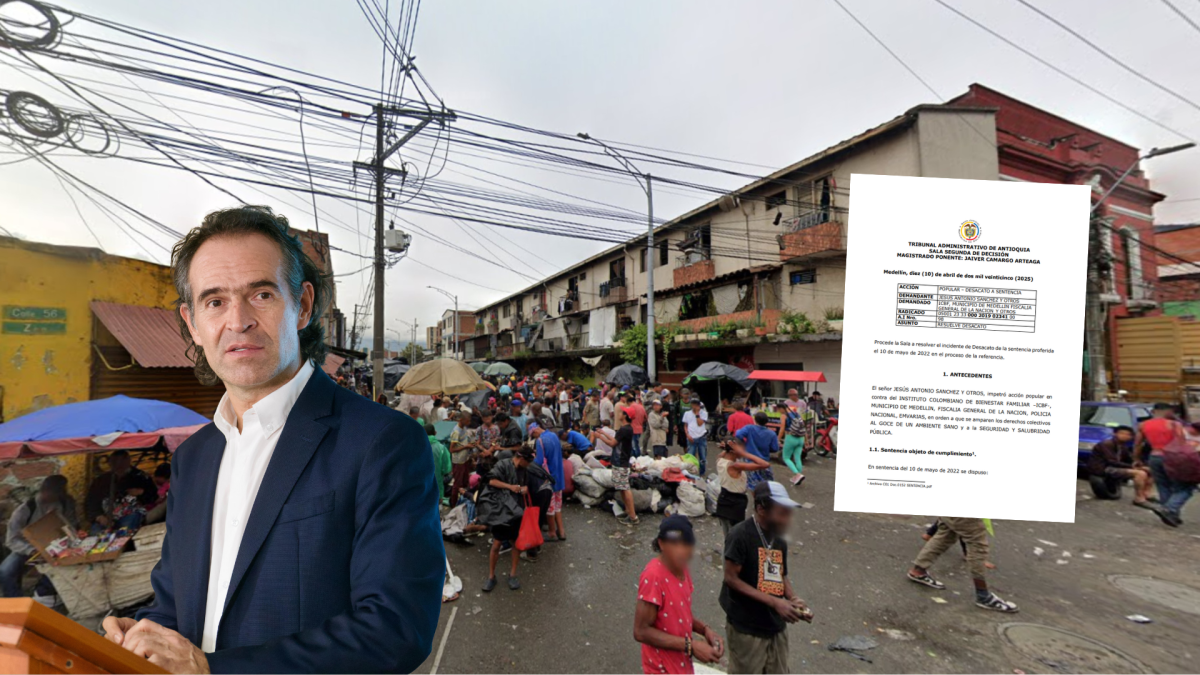


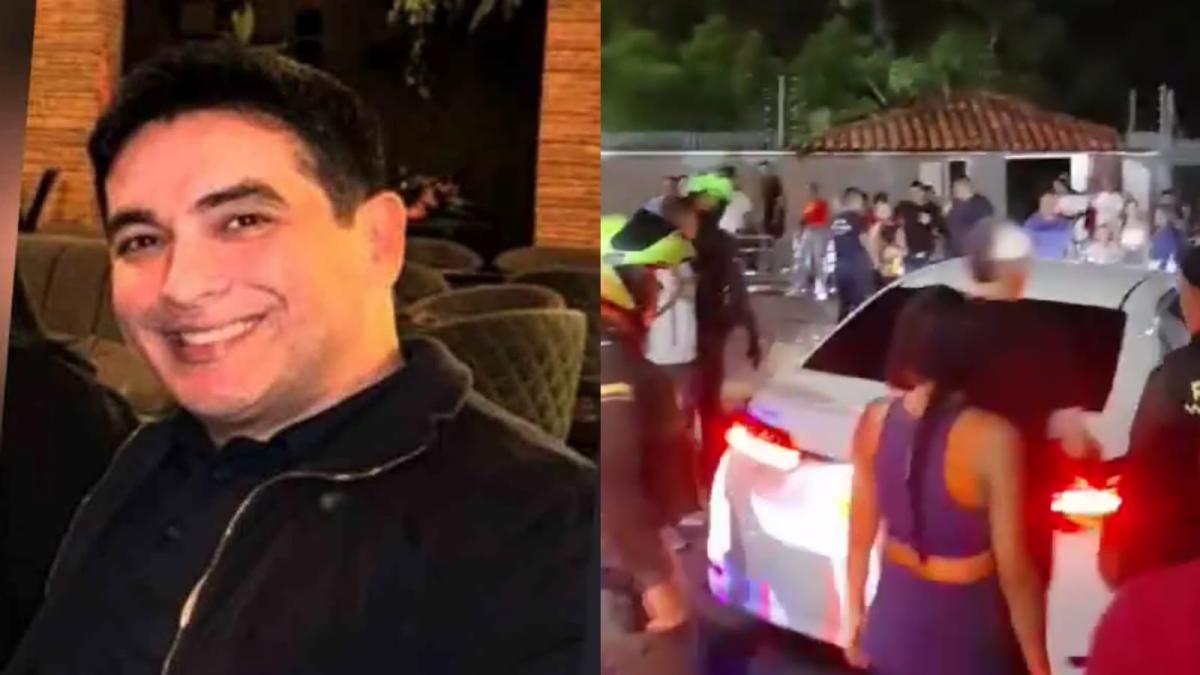

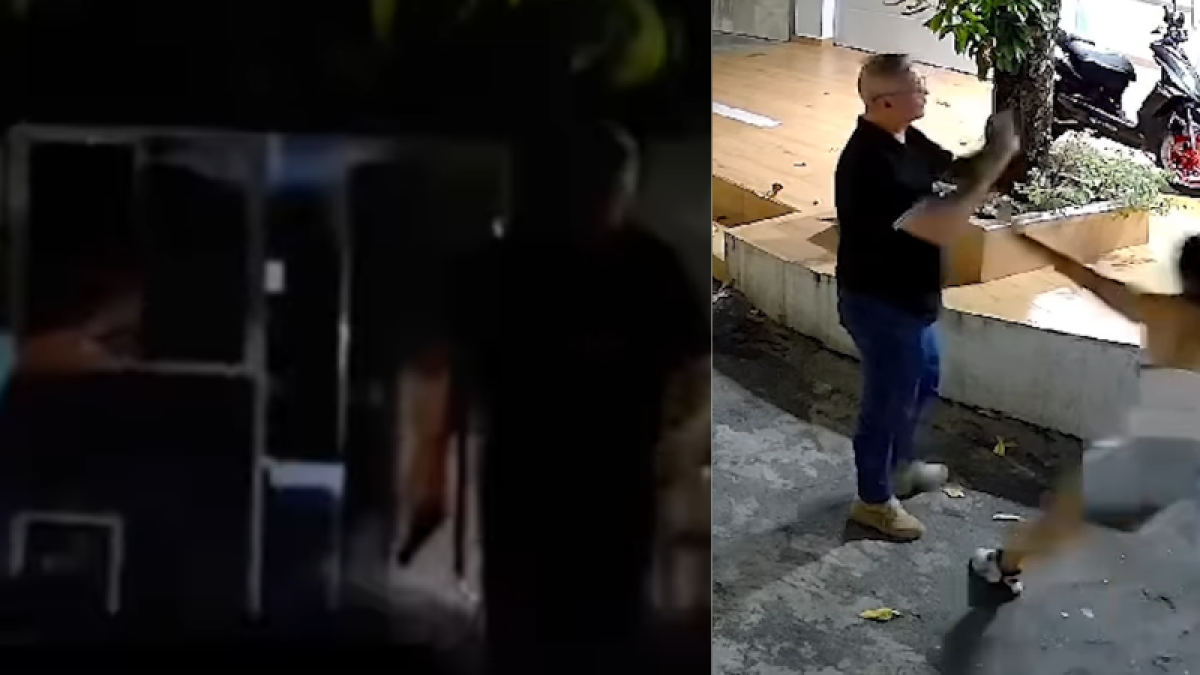

 English (US) ·
English (US) · 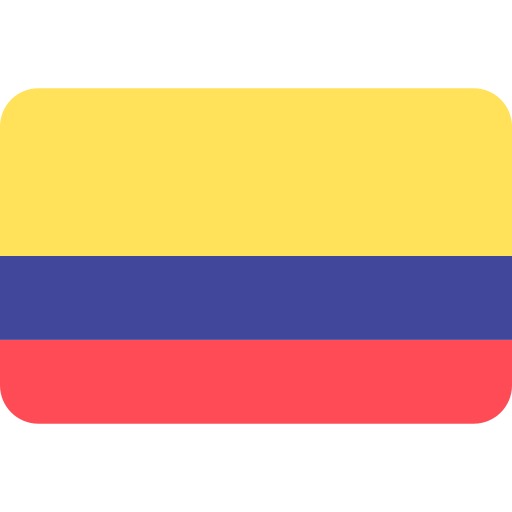 Spanish (CO) ·
Spanish (CO) ·